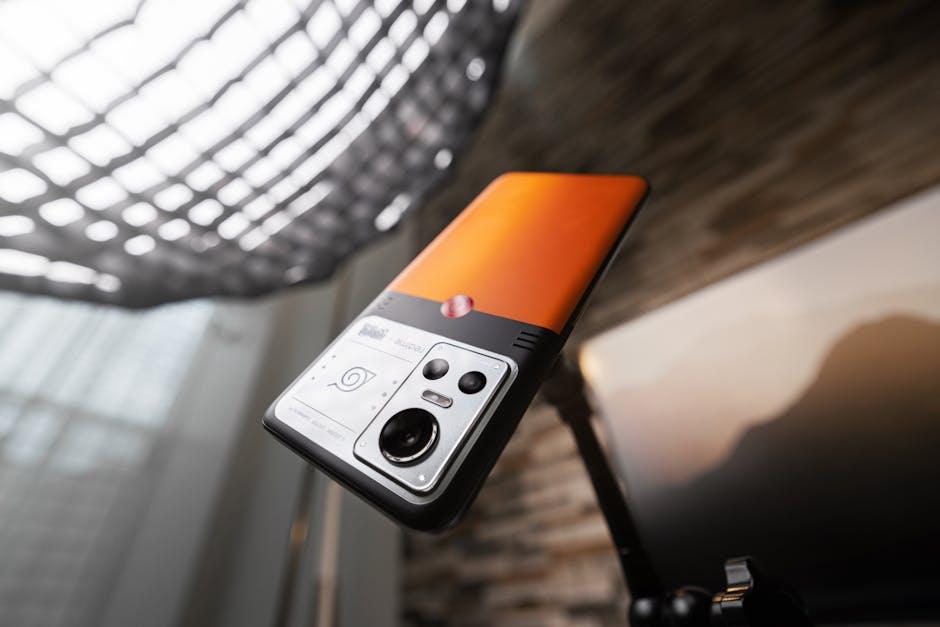In today’s fast-paced digital era, our daily lives are inundated with a plethora of gadgets that may seem to have a mind of their own. From smartphones and smartwatches to voice-controlled speakers and smart appliances, technology has undeniably become an indispensable part of our lives. However, it seems that our gadgets are not only helping us communicate, but they have a newfound ability to talk amongst themselves as well. The Internet of Things (IoT) revolution has given rise to a connected world where our gadgets just keep on talking.
The concept of devices communicating with each other is not entirely new. However, with the advancements in wireless connectivity and the increasing number of internet-enabled devices, this intercommunication has reached a whole new level. The IoT allows gadgets to connect and share information seamlessly, creating a network that transcends individual devices and offers a seamless user experience.
One of the most prominent examples of this phenomenon is seen in the smart home ecosystem. From thermostats and lighting systems to security cameras and door locks, smart homes are equipped with a multitude of interconnected devices. These gadgets use various protocols like Wi-Fi, Bluetooth, and Zigbee to communicate with each other, sharing information and coordinating actions. For instance, when you arrive home, your smart lock can communicate with your security system to deactivate the alarm and turn on the lights. It’s like a choreographed dance behind the scenes, all controlled by the devices in your home.
Similarly, the rise of voice assistants, such as Amazon’s Alexa, Apple’s Siri, and Google Assistant, has revolutionized the way we interact with technology. These devices are constantly listening for their wake words, ready to respond to our commands and queries. However, they are also capable of communicating with other smart devices in the ecosystem. You can ask your voice assistant to turn off the lights, adjust the thermostat, or even start your favorite TV show via your smart speaker, without lifting a finger. This integration creates a seamless and convenient smart home experience.
Beyond the smart home, interconnected gadgets have transformed other areas of our lives as well. For instance, in healthcare, wearable devices like fitness trackers can communicate with our smartphones to collect and transmit valuable biometric data. This information is then shared with healthcare providers, enabling them to monitor our health remotely. In transportation, smart cars can communicate with traffic systems, other vehicles, and even pedestrians to ensure safer roads and improved traffic flow. These examples highlight how interconnected gadgets are enhancing our lives and driving technological progress.
However, as with any technological advancements, this increased connectivity also raises concerns about privacy and security. With more devices collecting and sharing our data, it becomes crucial to ensure that proper security measures are in place. Manufacturers and developers must prioritize privacy and implement strong encryption protocols to safeguard user information from external threats. Additionally, users should be educated about the potential risks of interconnected gadgets, such as unauthorized access and data breaches. By adopting best practices and being cautious about the devices we connect, we can mitigate these risks and enjoy the benefits of a connected world.
as our lives become increasingly surrounded by gadgets, it is undeniable that these devices just keep on talking. The IoT revolution has brought about interconnected gadgets that enable seamless communication and coordination, transforming the way we live, work, and play. From smart homes to healthcare and transportation, these advancements have the potential to enhance our lives in numerous ways. However, it is important to be aware of the privacy and security concerns that accompany this connected world. By embracing the benefits while being cautious and informed, we can fully leverage the potential of our talking gadgets and build a smarter future.
Hey Subscribe to our newsletter for more articles like this directly to your email.
